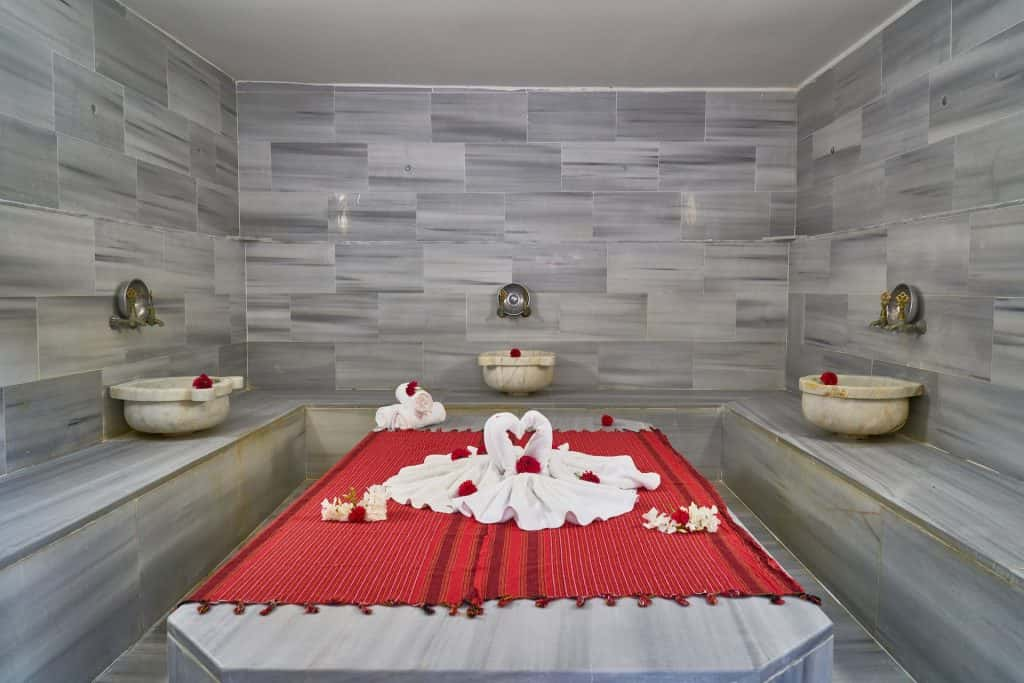A steam bath is not only one of the most relaxing ways to unwind and de-stress, but also offers an amazing array of health and wellness benefits. And by installing a steam room right in your own home, you can indulge in the luxury of a piping hot steam bath to relax your muscles and detox your skin, as and when you wish!
What does it take to set up your own steam shower at home? Before you start looking up steam room designs and planning your dream home spa experience, here are the top considerations to keep in mind!
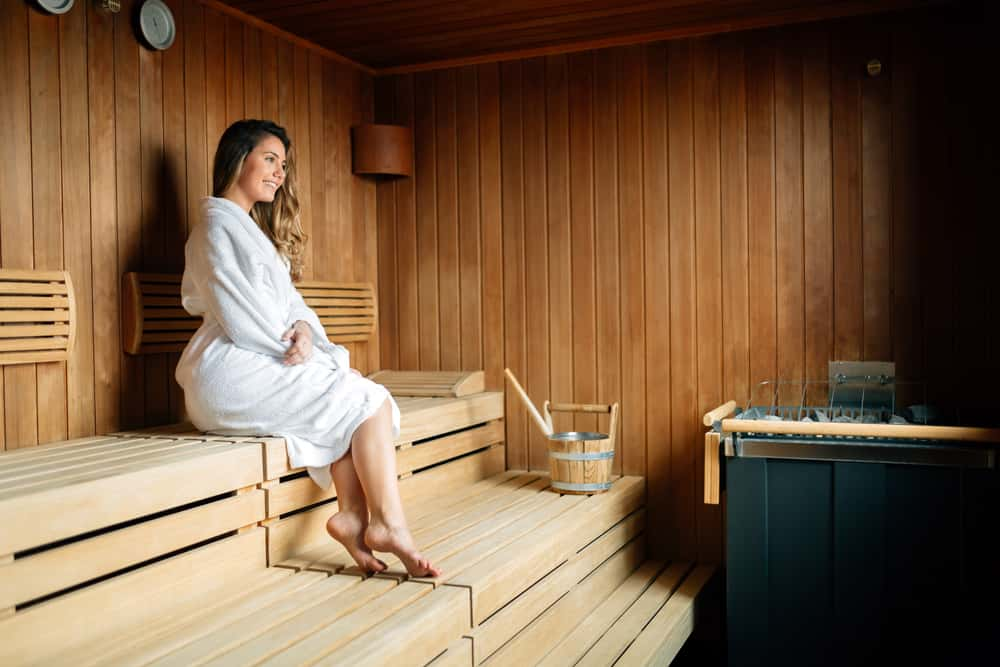
Planning Your Steam Room Design
Steam Room Design Tip #1: Sauna or Steam Room?
The first decision you should make is whether you’re looking for a sauna or a steam room. While the two terms are often used interchangeably, they are quite different.
A sauna is a room that uses dry heat to increase the temperature, usually from heated rocks or an electric stove. Steam rooms, as the name implies, use steam which is produced from boiling water to offer a hot as well as moist experience. A sauna makes you sweat, but a steam room offers many more health benefits that make it the better option out of the two.
Note that steam rooms are not as hot as saunas. For this reason, a sauna should always be built of wood, which stays cool to the touch. A steam room, on the other hand, can be surfaced in stone or tile as the temperatures are not expected to rise as high.
Steam Room Design Tip #2: Picking the Materials
The materials you pick should be able to withstand high temperatures and humidity, and should be very easy to clean. Flooring should be non-skid, and should be gently sloped to allow the water to drain out. Benches should also have a very slight slope to ensure that water does not stagnate.
The walls can be of tiles or stone, and the room has to be insulated to prevent heat loss. The steam outlet should be located at approximately 40 cm above floor level.
Many luxury steam showers use silicone and other waterproof materials to surface the cubicle. Wood can also be used, provided it is well-treated to prevent water penetration.
Your existing shower stall can be easily converted to a steam room, by ensuring that the cubicle is air tight and does not allow the steam to escape. You will need to add a steam shower or a steam generator unit, and also incorporate a convenient seating area within the space.
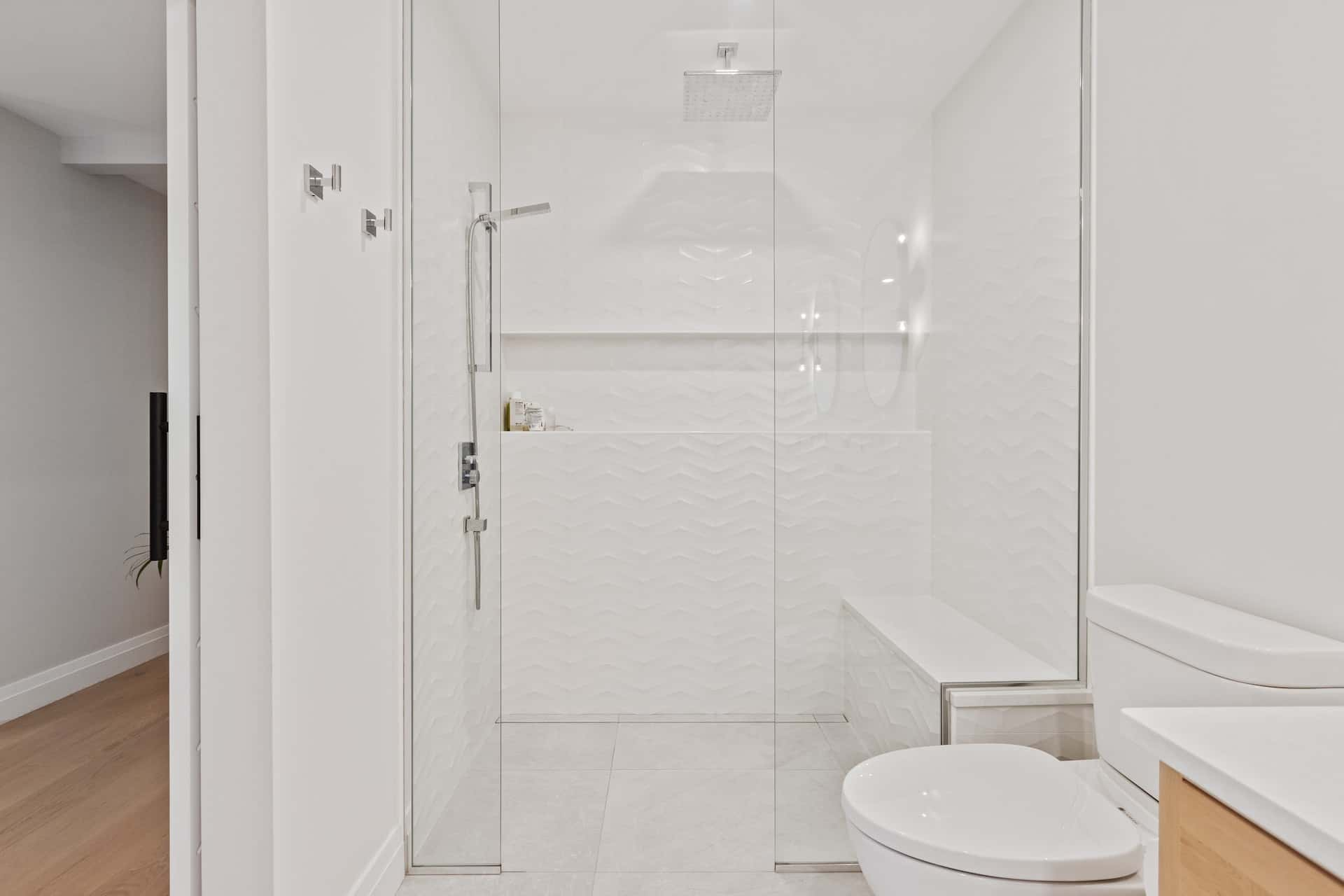
Steam Room Design Tip #3: Ventilation
The steam in the room circulates by setting up a convection current. Hot steam rises, gets cooled, and condenses, dripping onto the floor and getting removed through the floor drains. If your steam room is expected to be in use for longer than an hour or two, you will need to set up a mechanical ventilation system that sucks out the stale air and replaces it with fresh air.
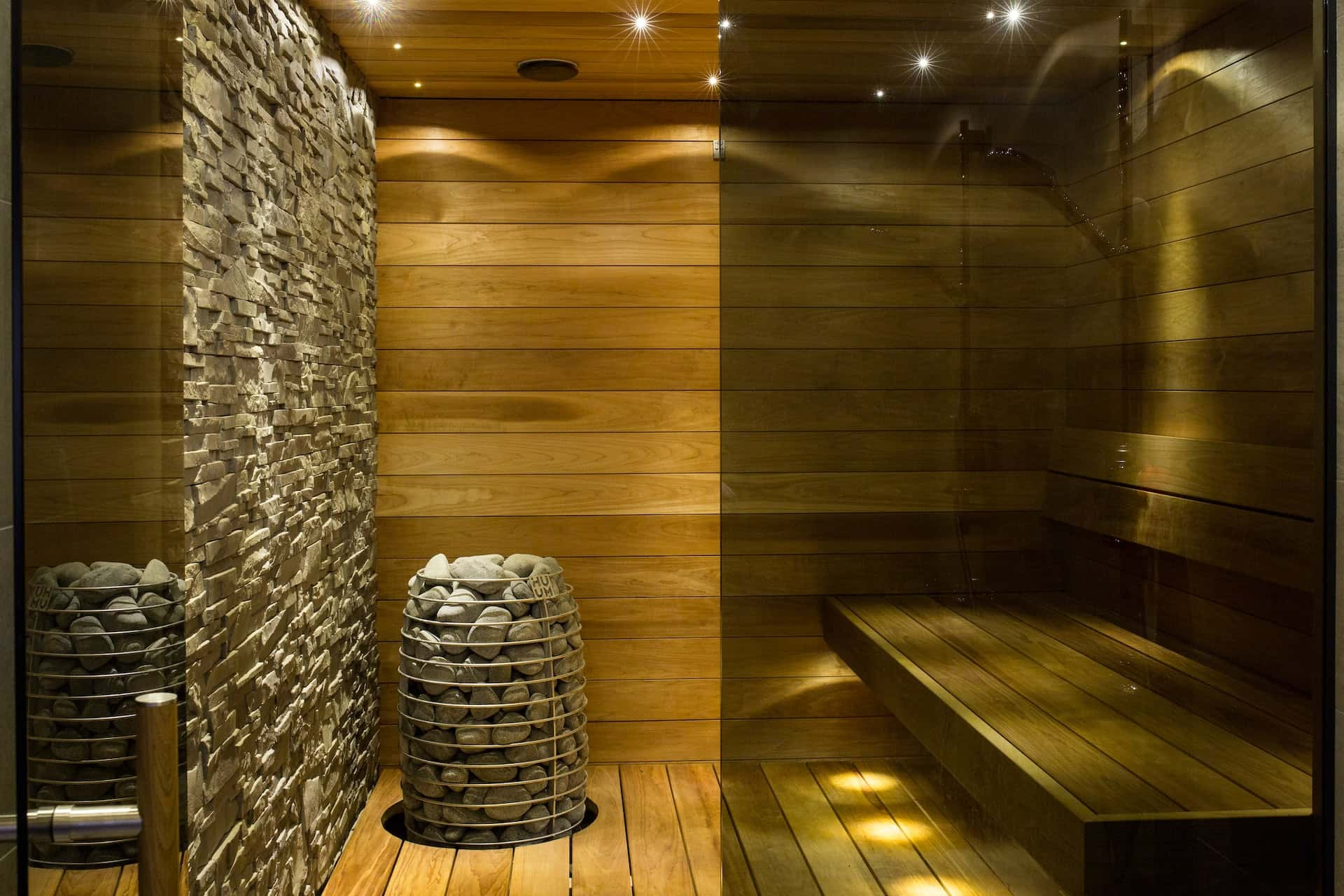
Steam Room Design Tip #4: Installing a Steam Generator
You can either choose to buy a steam shower, or install a steam generator outside the steam room. You can locate the generator in a floor above or below, and direct the steam to the steam room through copper piping that does not take too many bends. This will require professional intervention, so do not attempt to do it yourself! The generator will require its own dedicated 15 amps power supply.
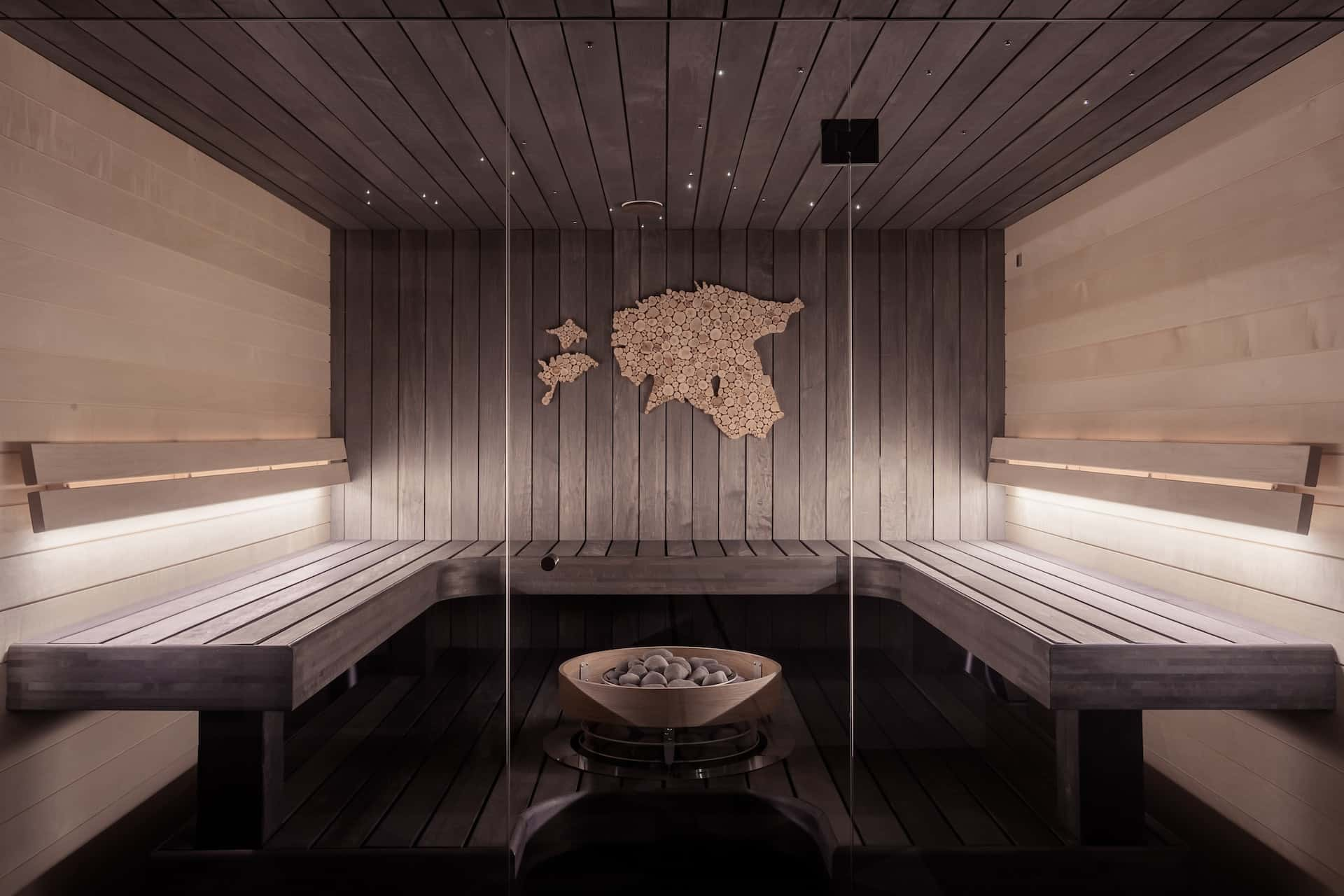
Steam Room Design Tip #5: Size and Design of the Steam Room
A smaller, more compact steam room is more energy efficient as it will heat up quickly and retain the steam better. A steam room could be 5 to 7 feet in length and 3 to 4 feet wide, with a height of 7 to 8 feet. The side that is farthest from the steam inlet can have a built-in slotted seat area.
Plan to keep towels outside (never inside!) the steam room, but just within reach. If you store towels inside the cubicle, they will soon get soaking wet.
It should be possible to add essential oils like eucalyptus or pine to the steam generated, for added freshness and an invigorating steam experience.
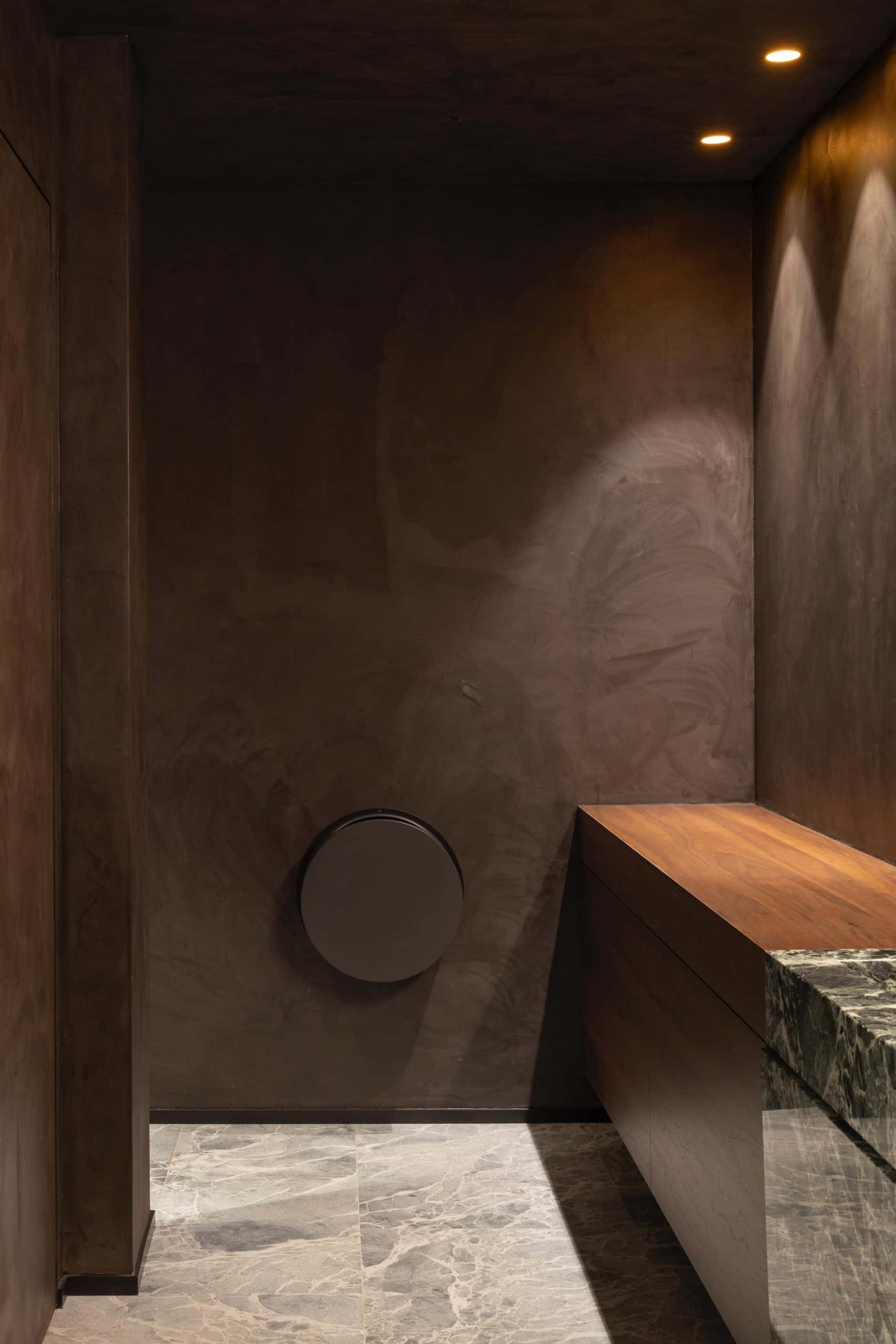
Health Benefits of a Steam Room
Still wondering whether to get started on your steam room design or not? Here are some of the health benefits you stand to gain with a daily or even weekly steam bath:
- Lowers blood pressure
- Reduces stress
- Clears up sinus congestion
- Opens skin pores and clears away dirt and dead skin, resulting in clear skin
- Helps in muscle recovery after a workout
- Reduces arthritic joint pain
- Reduces water weight
- Flushes out toxins from the body
- Boosts immunity
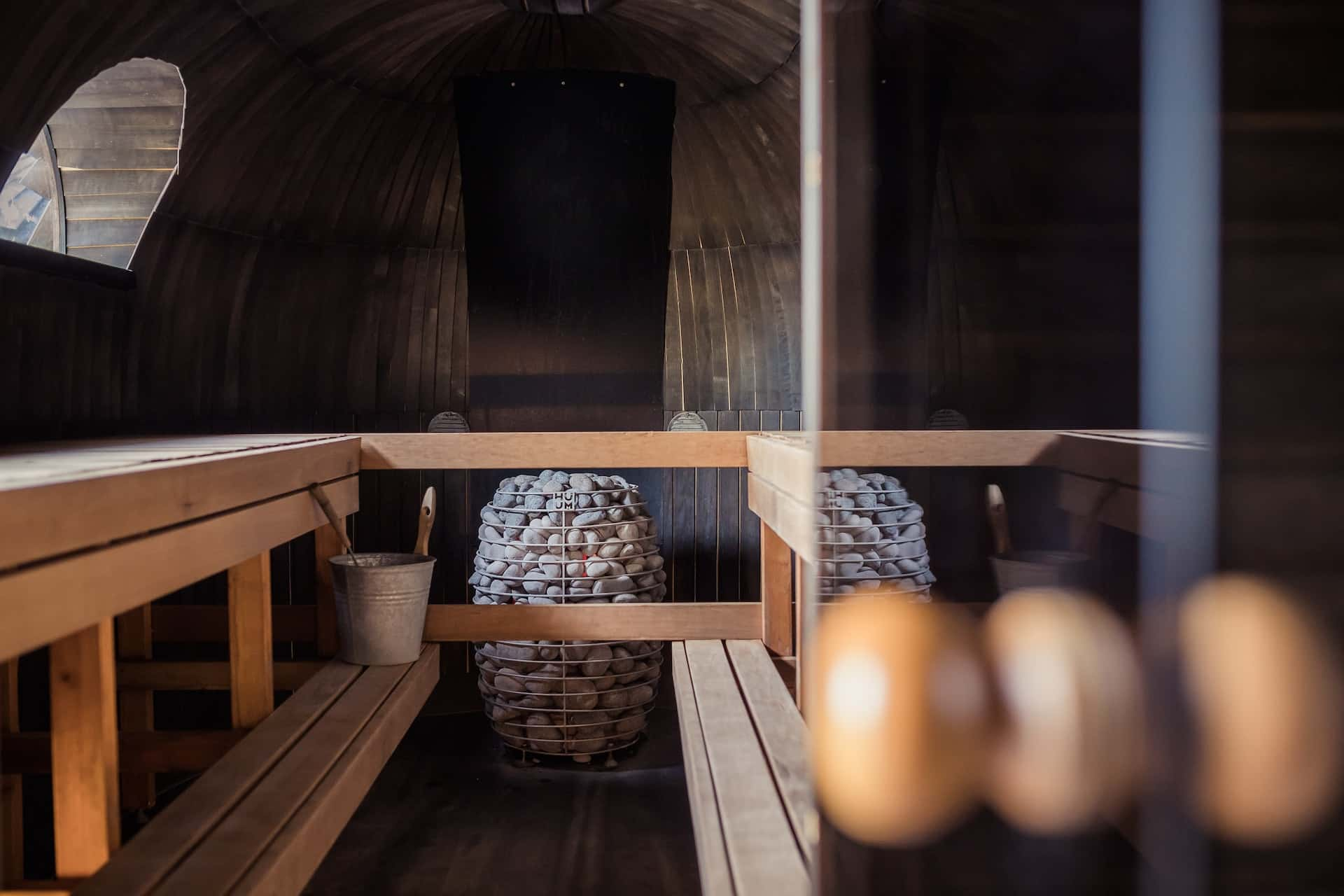
A note of caution:
While steam boosts metabolism and ups your wellness quotient, too much steam is also not a good idea. How much is too much, exactly? Well, staying in a steam room (or sauna) for longer than a half hour can dehydrate you. And sharing a steam room with others who are ill could cause you to get sick as well.
Maintaining Your Steam Room
From the very start, it’s important to maintain a regular cleaning regimen. Every time the steam room is used, it should be thoroughly wiped down with a mixture of warm water and vinegar, to remove all remnants of sweat and grime. Make sure to clean the areas under the benches as well. Allow the room to dry completely before closing the door, so as to prevent formation of mold.
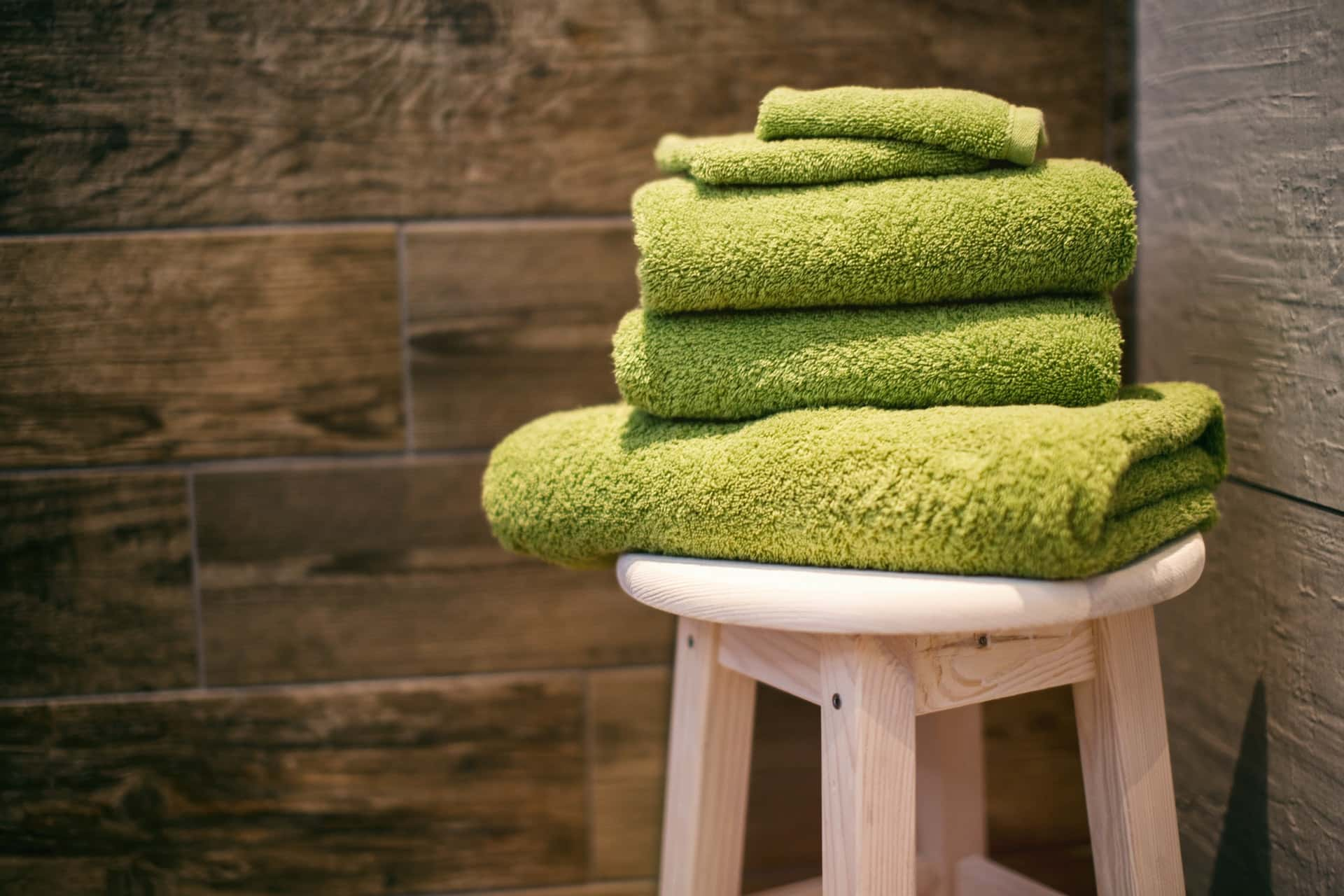
Pro-tip:
Ensuring that every user sits on a towel will go a long way toward keeping the steam room hygienic.
A Last Word
Ready to get started on your steam room design and installation? It’s time to call in the experts! Give the bathroom design experts at HomeLane team a buzz, and leave all the hard work to us. All you need to do is simply sit back, relax, and enjoy your steam bath!
FAQs
1. What are some of the requirements for a steam room design?
To build a steam room, you need the following:
- An enclosed, insulated and airtight space of about 4 x 4 feet, at a bare minimum
- Ceiling that is not more than 8 feet high
- Sloped seating made of stone, tile or treated wood
- Ledges to hold essential oils, bath essentials
- Towel rack outside the enclosed space but within easy reach
- Steam generator or steam shower
- Anti-skid, sloped flooring and walls surfaced with waterproof materials
- Steam inlet, at approximately 40 cm from ground level
- Dedicated power supply and plumbing connections
- Water drain leading outside and connected to the sullage water system
- Double-glazed windows (if any)
- Light fittings that are vapour sealed and heat resistant
2. How much does it cost to build a small steam room in India?
While the benefits of a steam bath are many, it doesn’t cost a whole lot to get one installed! You can expect to pay around INR 1.5 to 2.5 Lakh to build a small steam room. If you are converting your existing shower room into a steam room, the cost will be considerably lower, as you will only need to factor in the cost of the steam generator and the additional plumbing required.
3. Does a steam room design need a drain?
Yes, a steam room design definitely requires a drain. In the absence of a drain, you will find that the steam condenses on the floor and ceilings, and very soon you will be sitting in a puddle of water! All surfaces should slope toward the drain to facilitate easy draining and removal of collected water.
4. Do you need a sloped ceiling in a steam shower?
Both the ceiling and the floor should have gentle slopes that direct condensed water toward a corner, from where it can drain out. When working on the steam room design, it is advised to give a slight outward slope while fitting the seats and ledges, too, so that water does not stagnate in corners.
5. What are some health benefits of a steam bath?
A steam bath comes with many health benefits —it relaxes and refreshes you and helps you to destress and unwind. It is known to reduce blood pressure, improve blood flow and clear the skin of dirt and grime.
It improves your metabolism and helps to lose water weight; besides which, the sweat helps to flush out toxins from your body. If you have sinus congestion, it will help to clear your sinuses and lungs.
The combination of intense heat and steam is known to stimulate cardiac activity, automatically exercising your heart muscles. And if you have arthritis, you will find that you have reduced joint pain after a steam bath.
6. Can you put wood in a steam room?
Yes, you can use wood in a steam room, but ensure that it is well-treated to avoid water penetration. Silicone, acrylic, ceramic or porcelain tile and natural stone are the more preferred options.

